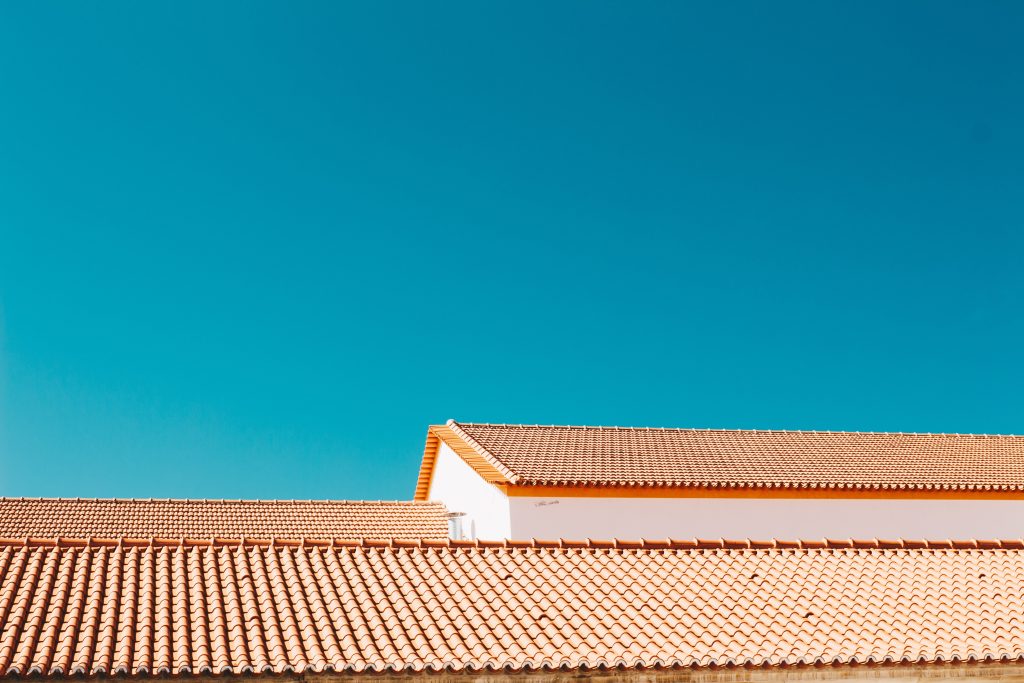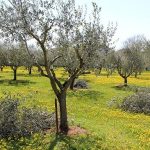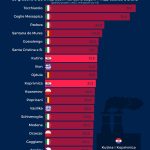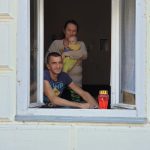“We wanted to protect the original traditional construction in some way so that residential buildings can have a maximum of 30 percent of the floor plan of the building flat, like some attics and terraces”, emphasized Dean Mocinic, the mayor of the Pican Municipality for HRT.
Flat roofs are still allowed on tourist and hospitality facilities and office buildings.
“For example, a car mechanic or a carpentry shop can have a flat roof,” he said.
They followed the example of the Municipality of Barban. The conditions of traditional construction have been in force there since 2002.
“Those measures of the architectural plan that are within our spatial plan also determine the colors of the facade, the direction of the ridges of the roofs, and the necessity of using traditional materials of stone, tiles, everything that makes our space the way it is”, Dalibor Paus, Mayor of Barban Municipality pointed out.
The profession believes that it is necessary to go one step further – to consider the construction schedule, that is, the number of buildings in the area.
“Now we have examples of small municipalities in Istria and Dalmatia, which are actually smaller than the complexes of apartment houses and holiday homes,” says Breda Bizjak, president of the Association of Architects of Istria.
Protecting traditional construction is a step in preserving the identity of the place. An identity that is slowly disappearing in the overbuilding, not only of urban but also of rural areas in Istria, reminds HRT.
For more, make sure to check out our dedicated News section.










